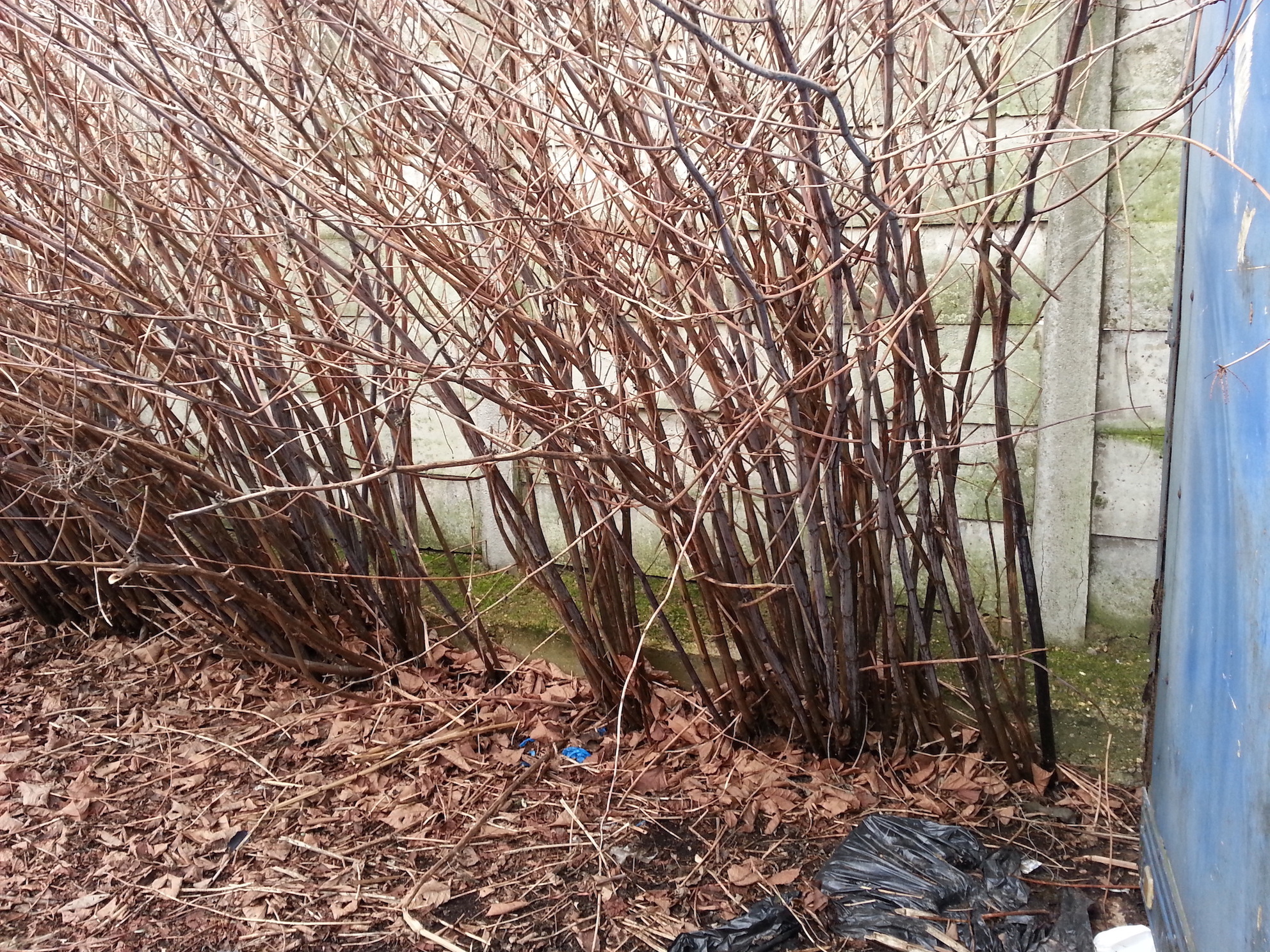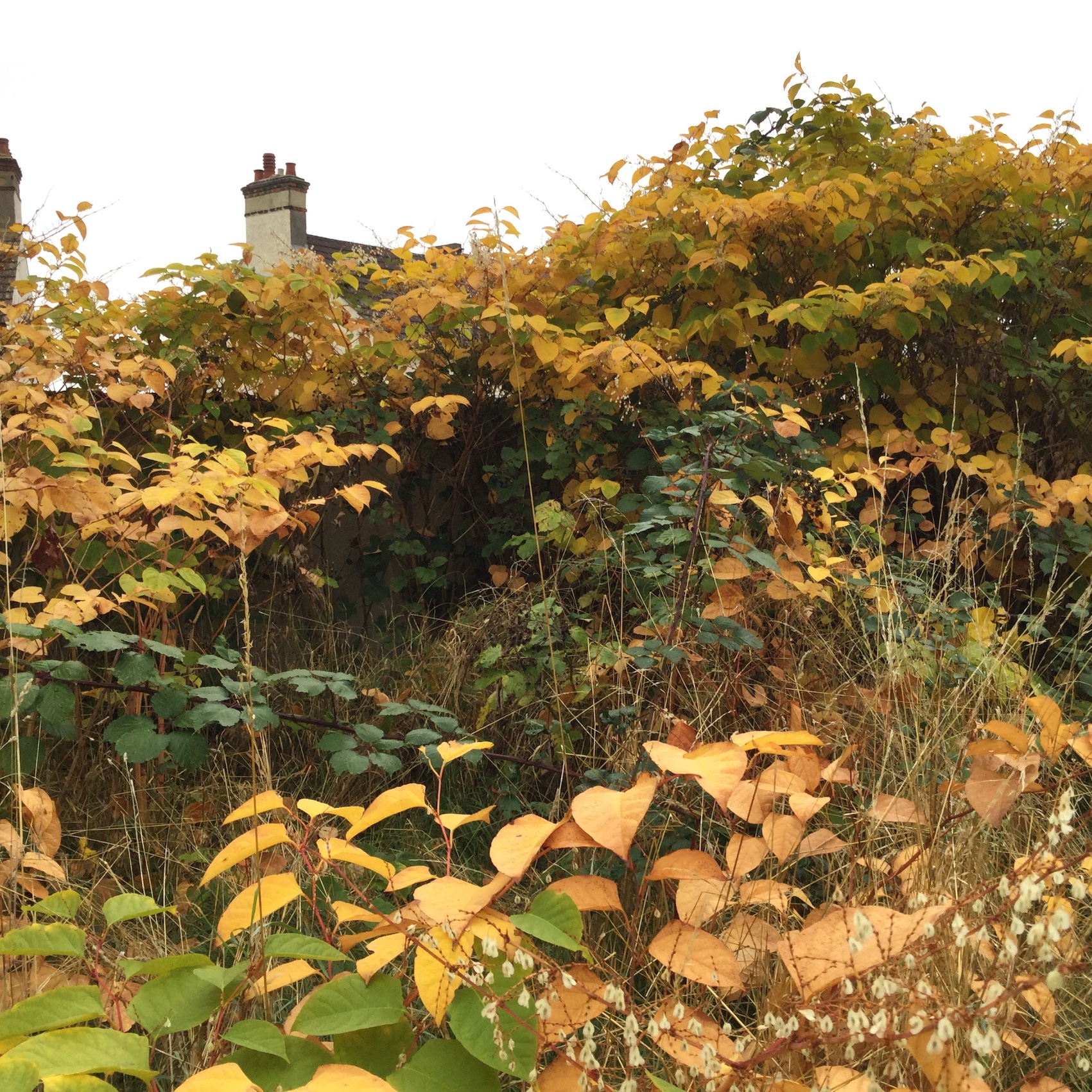How to stop Japanese knotweed disrupting transactions during winter
Environet has written an article that looks at how to stop Japanese knotweed disrupting transactions during winter.

Japanese knotweed dies back during the winter months making it much harder to spot, meaning buyers are dependent on the honesty of sellers and the competency of surveyors to identify if a property is affected. There are also fewer treatment options, as herbicide – the most cost-effective means of dealing with knotweed – cannot be applied while the plant is in its dormant phase.
So where does this leave property buyers who come up against a knotweed infestation in the autumn or winter, and what’s the best way to tackle it while ensuring there won’t be any nasty surprises in spring, once the transaction has completed?
What happens to knotweed during winter?
Japanese knotweed is a perennial plant, so it dies back every autumn and re-emerges around March/April when the ground temperature rises. During the winter dormancy period from November to March, Japanese knotweed’s bamboo-like canes turn brown and brittle, the leaves turn yellow, then brown, before eventually dropping off.
After the first few frosts, the plant will appear dead, but the underground root system remains alive and replenished with new energy reserves from the summer’s growth.
The seller’s duty
Sellers have an obligation to declare if their property has been affected by Japanese knotweed, either currently or in the past, when completing the Law Society’s TA6 form.
There will always be a proportion of sellers who fail to complete the Japanese knotweed question accurately, either because they are intent on deliberately concealing the problem or are genuinely unaware, having failed to carry out the appropriate due diligence. This is more likely to happen in the winter months when the plant is not visibly growing and more easily hidden.
Even surveyors are not obliged to dig up the garden, so if the dead canes are removed and the crowns concealed, there may be no visible evidence of the plant.
Herbicide treatment isn’t an option
Where knotweed is declared, or indeed discovered by a RICS surveyor during a property survey, buyers will be understandably anxious to ensure the problem is properly dealt with.
It isn’t possible to carry out herbicide treatment of knotweed during late autumn and winter, as the chemicals need to be applied directly to the leaf and drawn down into the plant during its active growth phase, in order to be effective.
Besides, it should be noted that buyers are increasingly dissatisfied with herbicide treatment generally, as it is only considered a control method for dealing with knotweed and may not get rid of the problem altogether. Following treatment there will be no above ground growth visible, but the rhizome is often induced into dormancy beneath the ground and will begin to regrow if disturbed. Any building work that disturbs the ground, such as an extension, or landscaping, could prompt the knotweed to regrow.
Effective winter treatments
Removing the root system from the ground is the only way to deal with Japanese knotweed decisively with minimal chance of regrowth. The affected area is excavated and, using a method similar to our commercial patented Xtract method, the soil material is filtered to remove any plant material and the cleaned soil is backfilled into the hole.
Excavation costs can be reduced by opting for a combination treatment and removal method, DART™, which removes the bulk of the knotweed crowns and rhizome system, massively reducing the plant’s vigour and stimulating growth of any small pieces of remaining rhizome, making them more susceptible to herbicide treatment the following spring. The excavation element can be carried out during the winter months, allowing for full use of gardens during the summer.
Buyer peace of mind
If a buyer is uncertain whether a property is affected by knotweed, and the seller is unable to provide assurances, they can commission a JustCheck survey to find out. Expert surveyors will check the property for any sign of knotweed, and providing there is free access, on adjoining land within three metres of the boundary. As it’s still not possible to be 100% certain that knotweed rhizome is not present beneath the ground, the report includes a 5-year warranty to cover the cost of up to £20,000 of treatment in the unlikely event the plant should later appear.
If knotweed is disclosed or discovered, depending on the extent of the infestation, buyers may decide to withdraw from the purchase or renegotiate the price to reflect the risk and impact on future value.
We have noted an increased willingness among buyers to proceed with the purchase of properties affected by knotweed, providing there’s a professional treatment plan in place with an insurance backed guarantee. But buyers (and lenders) are rarely willing to proceed with the purchase on the promise of a herbicide treatment plan that won’t even commence until the following spring. Rather, they want the peace of mind of knowing the knotweed has been removed from the ground, in other words a ‘belt and braces’ approach.
This not only removes the uncertainty and concern that would inevitably arise as spring approached, as they waited to see what emerged from the ground, but it also reduces the likelihood of the transaction falling through further down the line, as the problem has been dealt with decisively rather than simply managed.
Written by Nic Seal, founder of invasive plant specialists Environet.
Kindly shared by Environet



















